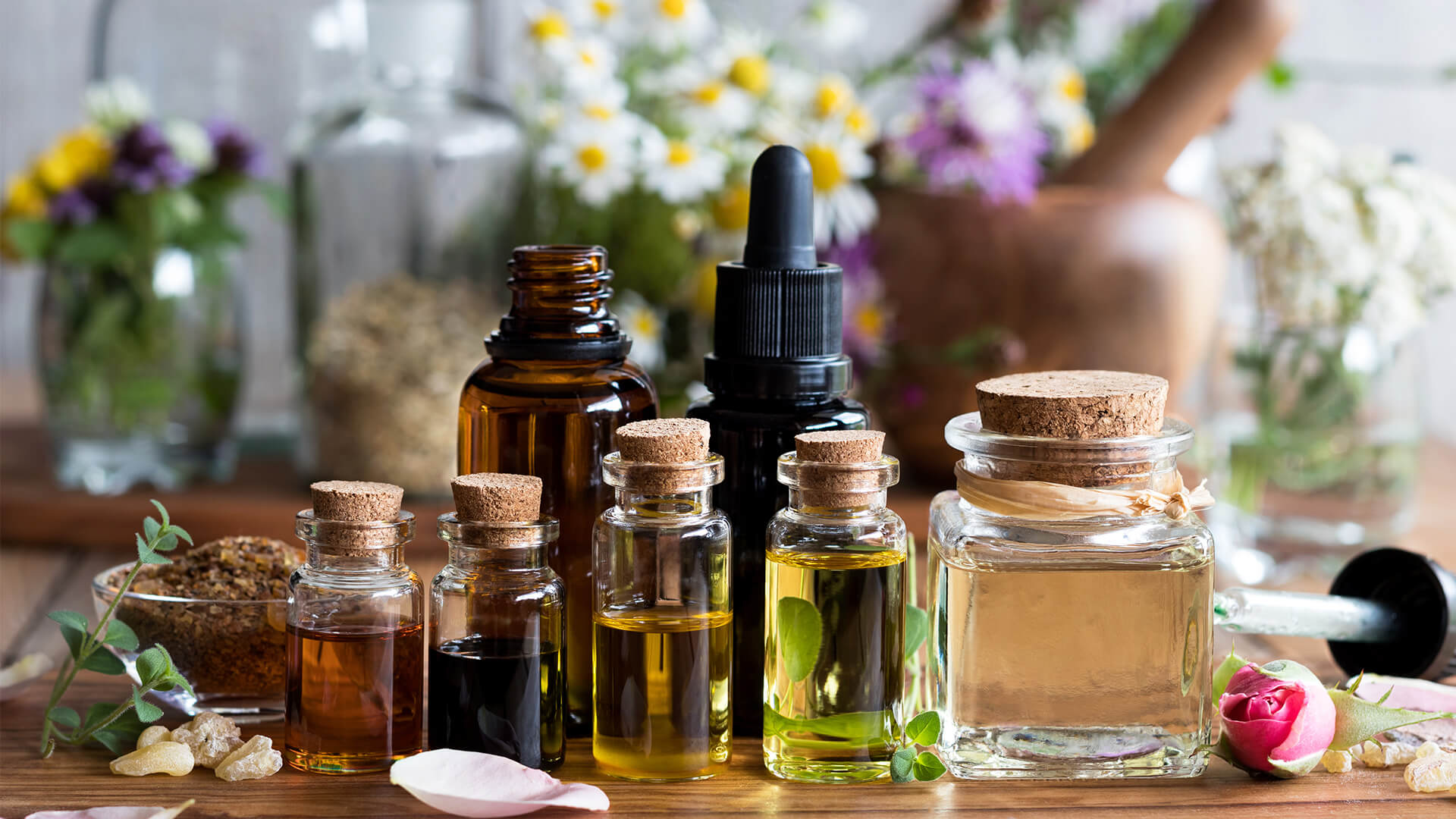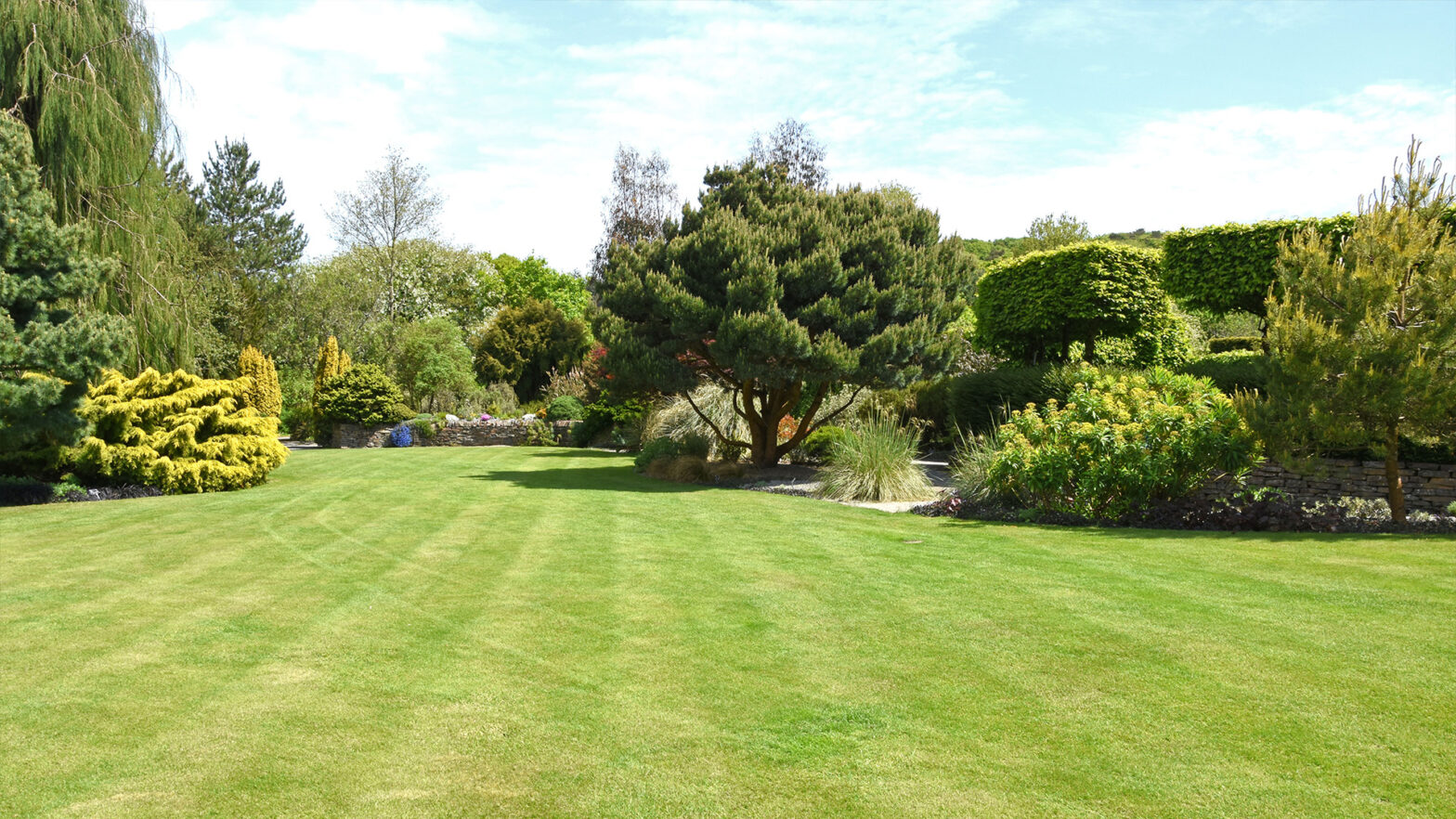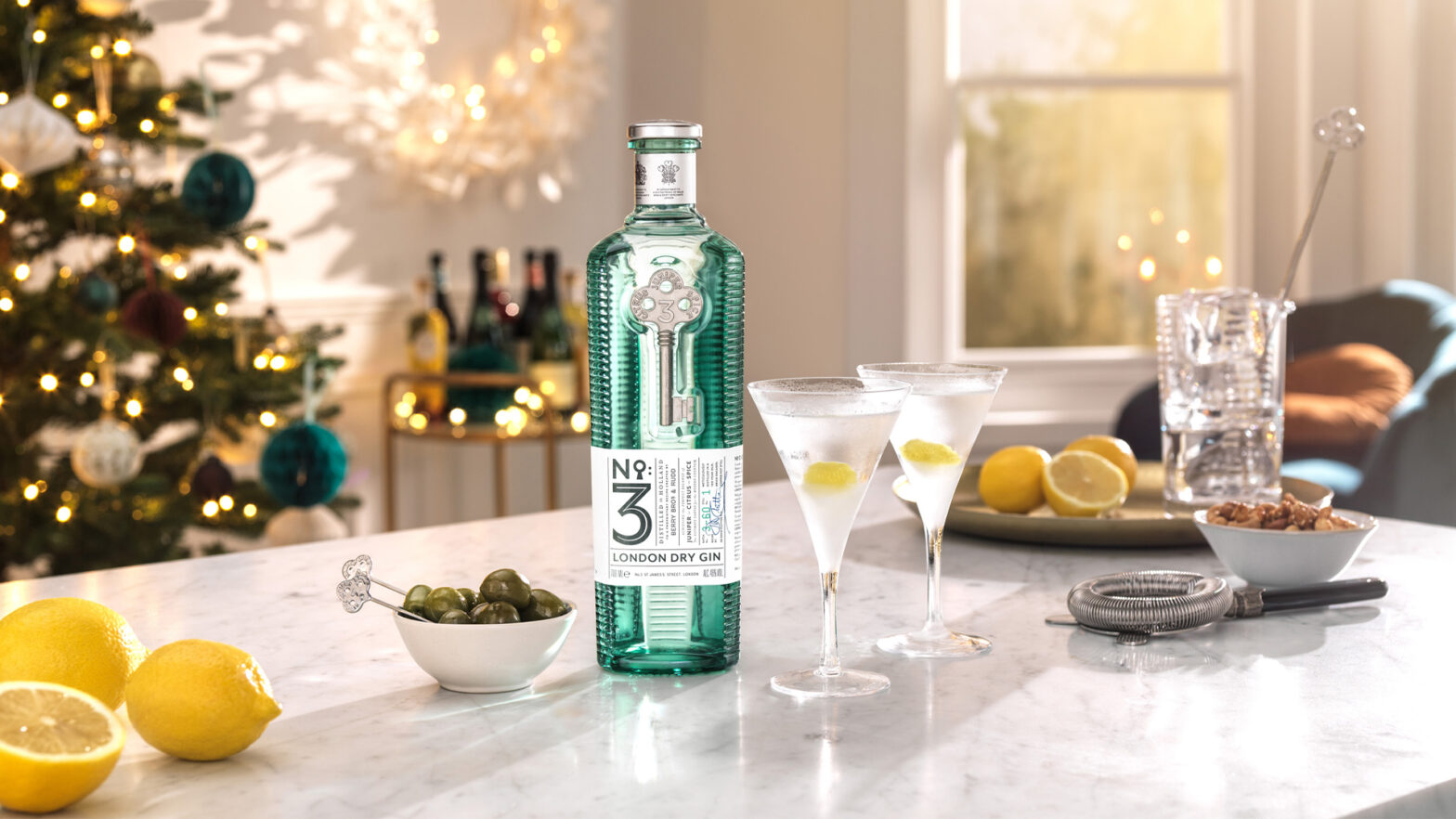
Like most people, you’ve probably seen those essential oil diffusers everywhere, and you’re thinking of buying one. But wait! Not so fast! Before buying an essential oil diffuser, you need to know how to spot a fake. There are a lot of knock-off diffusers out there, and if you’re not careful, you might end up with a dud.
In this blog post, we’ll teach you how to spot a fake essential oil diffuser. We’ll also teach you where to find the best quality essential oils. Stay safe and informed by reading our guide today!
Let’s get started.
Features of a reliable essential oil
When you’re looking for a reliable essential oil, there are certain things you should look for:
- The oil should be transparent like patchouli oil. If it’s not, it may have been cut with another oil or diluted with water. Click here to know where to find patchouli oil.
- The oil should have a consistent viscosity. It may not be pure if it’s too thick or too thin.
- The oil should have a fresh, pleasant smell. If it smells rancid or like chemicals, it’s probably not pure.
- The oil color can vary depending on the plant it came from, but it should be fairly consistent from batch to batch.
- If you’re buying an oil that’s good for your skin, it should be non-comedogenic (won’t clog pores) and hypoallergenic (doesn’t cause allergies).
These are just a few of the things you can look for when trying to spot a fake essential oil. With so many oils on the market, it’s important to know what to look for to find a quality product.
How can fake essential oils make their way onto store shelves?
Essential oils aren’t all made with the greatest purity and integrity in mind, but they’re unregulated by the FDA. This implies that you should be your champion when finding the excellent stuff. We suggest you look for patchouli oil where to buy to get the best quality oil for your hair.
Essential oils have been utilized for hundreds of years, but with wellness becoming a thriving business, EOs have lately been more commonly accessible than ever before.
Unfortunately, this implies that most of the brown bottles on store shelves are loaded with low-cost extenders, synthetic fillers, or even merely “fragrance oils” to make a profit.
The key components of actual plants are absent from synthetic scent oils.
And if it’s a genuine essential oil in the container, its quality is determined by several characteristics, including:
- Plants: Weather, changing growth circumstances, and the usage of pesticides or even other chemicals can all affect quality.
- Processing: It’s important to keep the equipment clean even during the distillation process. It’s also possible that some EOs are purposely depleted during processing and that it’s difficult to know unless you’ve been using EOs for a long time.
- Packaging: The way EOs are treated and kept can affect how long they last. Even the cleanest, highest-quality oils can be tainted if it’s not packed correctly in a dark glass bottle with a tight seal.
Therapeutic grade
- There is no such thing as an essential oil classification system.
- Essential oil purchasing is similar to diamond shopping in that you should buy from reputable merchants, and both are valuable goods that aren’t necessarily authentic.
- Essential oils, unlike diamonds, could not be evaluated. Some dealers say that EOs may be graded A, B, C, and so on, but if you find any bottles labeled this manner, keep in mind that it’s all grade-A nonsense.
How you will get to know if the oil is of high quality
One of the most effective methods to determine whether essential oils are genuine and of excellent quality is to hone your sense of smell (thoroughly).
To be more olfactory attentive, you might want to attend a basic aromatherapy program or, at the very minimum, spend some time examining various essential oils with the help of a professional.
However, other people, such as perfumers and aromatherapists, spend their lives honing their sense of smell. Even so, the following three strategies are still used by specialists to ensure quality:
- Read the label
The label is the first place to look when you want to determine essential oil quality. A good-quality essential oil list the plant’s botanical name, where it was grown, what part of the plant was used to make the oil (leaf, flower, etc.), and how it was extracted.
You should also see a batch number on the label. This number is important because it allows manufacturers to track an oil back to its source if there are any problems. If an essential oil doesn’t have a label or if the label doesn’t contain this information, don’t buy it.
- Check the bottle
The most crucial step to take when you want to identify a fake essential oil is to check the bottle. If the essential oil is being sold in a plastic bottle, likely, it is not real. Essential oils should always be stored in dark glass bottles, as light can cause them to deteriorate.
Another thing to look for on the bottle is the plant’s Latin name from which the oil was extracted. If this information is not present or the label seems unclear, it is probably best to avoid that product.
- Verify the source
The best way to avoid being duped by a fake essential oil is to know where your oils come from. If you’re buying oil marketed as “therapeutic grade,” find out where the company sources its plants. The label should tell you where the oil was extracted and if it was wildcrafted or organic. If you can’t find that information, don’t be afraid to ask customer service for more details.
How to identify fake oil?
Consider checking the price
If you come across an essential oil that’s being sold for a meager price, the oil is likely fake. Pure, unadulterated essential oils are costly to produce and thus are not sold at rock-bottom prices.
Additionally, take a look at the bottle the oil comes in. If it doesn’t have a childproof lid or dropper, be wary as these are typically signs that the oil inside is not pure.
No Latin name present
If the label on the essential oil bottle doesn’t include the Latin name of the plant the oil was extracted from, it’s possible that the oil is not pure.
For example, the genuine rose essential oil will be labeled as Rosa damascena or Rosa centifolia, while geranium oil will be Pelargonium graveolens.
You should also check to see if a batch number and expiration date are listed on the label. These are typically signs that essential oil is pure and unadulterated.
The Bottom Line
When it comes to essential oils, always remember that quality matters. A pure, high-quality essential oil can make all the difference in your health and wellbeing. So, don’t be afraid to ask questions and do your research before purchasing an oil. With a bit of knowledge, you can be sure to find the perfect essential oil for your needs! We hope this guide has helped you identify how to spot fake essential oils.




















